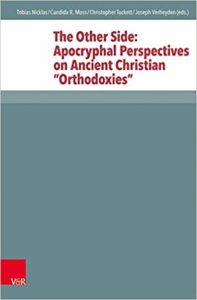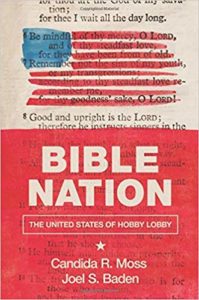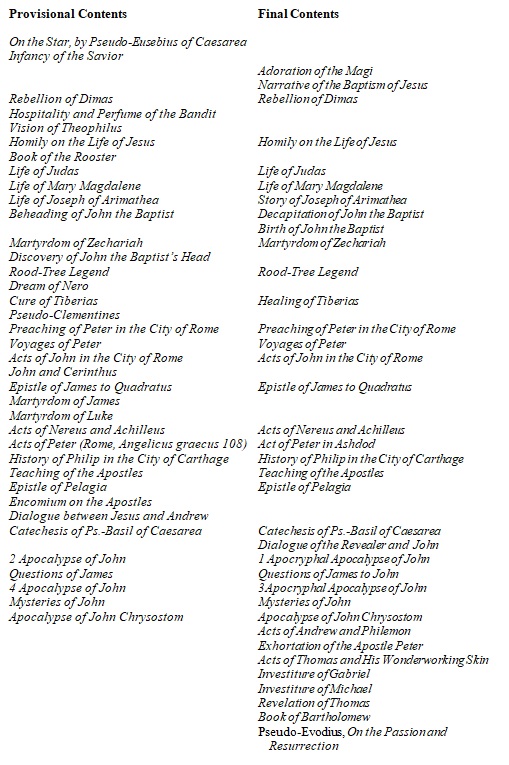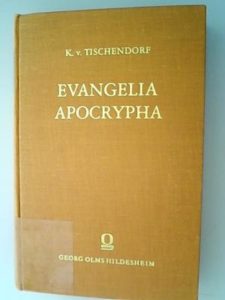Book Review ~ The Other Side: Apocryphal Perspectives on Ancient Christian “Orthodoxies”
 With the “Beyond Canon” conference at the Universität Regensburg approaching in a few weeks (July 2–5; details HERE), I thought this might be a good time to finally write my review of the essay collection, The Other Side: Apocryphal Perspectives on Ancient Christian “Orthodoxies” (edited by Tobias Nicklas, Candida R. Moss, Christopher Tuckett, and Joseph Verheyden; NTOA 117; Göttingen: Vandenhoek & Ruprecht, 2017; publisher details HERE). The conference is organized by The Other Side editor and contributor Tobias Nicklas and some of the papers take up themes from the collection. The review has been on my to-do list for a long time, delayed in part due to my initial notes on the book going missing. But I went back to it this week and can now present my thoughts on it.
With the “Beyond Canon” conference at the Universität Regensburg approaching in a few weeks (July 2–5; details HERE), I thought this might be a good time to finally write my review of the essay collection, The Other Side: Apocryphal Perspectives on Ancient Christian “Orthodoxies” (edited by Tobias Nicklas, Candida R. Moss, Christopher Tuckett, and Joseph Verheyden; NTOA 117; Göttingen: Vandenhoek & Ruprecht, 2017; publisher details HERE). The conference is organized by The Other Side editor and contributor Tobias Nicklas and some of the papers take up themes from the collection. The review has been on my to-do list for a long time, delayed in part due to my initial notes on the book going missing. But I went back to it this week and can now present my thoughts on it.
Most of the essays were originally presented at a conference in London, under the auspices of the University of Notre Dame, 3–5 July 2014. The exception is a paper by John Carey (“The Reception of Apocryphal texts in Medieval Ireland,” pp. 251–69) that originated as a plenary lecture at the “International Symposium on Christian Apocryphal Literature: Ancient Christian literature and Christian Apocrypha” in Thessaloniki, 27 June 2014. No explanation is given in the introduction for this outlier; indeed, very little information is provided in the introduction at all, and the few pages that are here seem to be repurposed from a publishing proposal for the book (at one point it states “the proposed volume…”). Nevertheless, some context …



